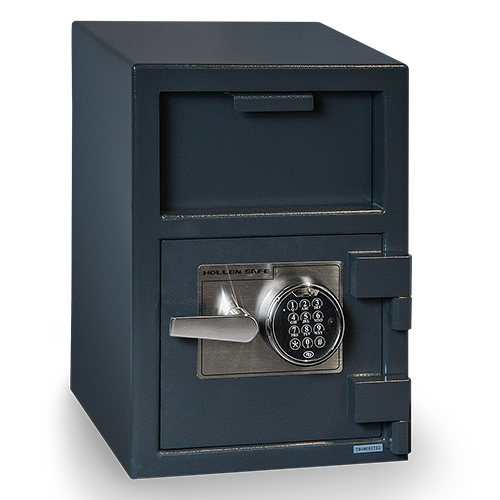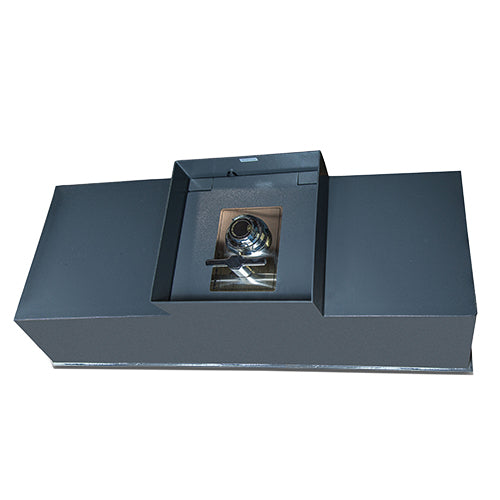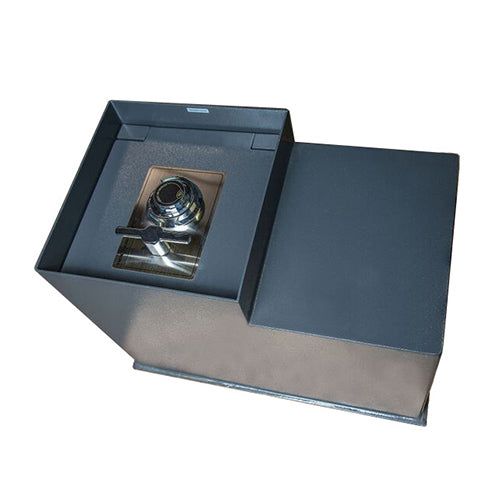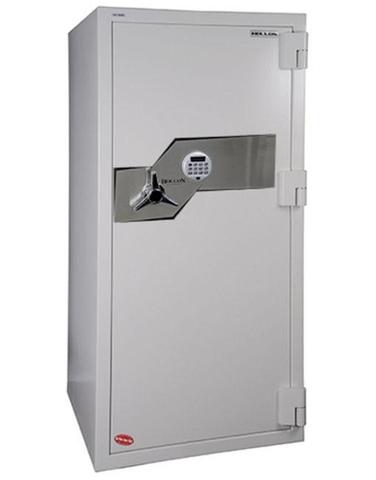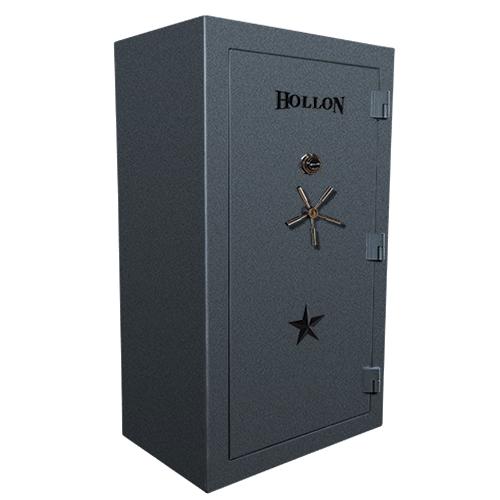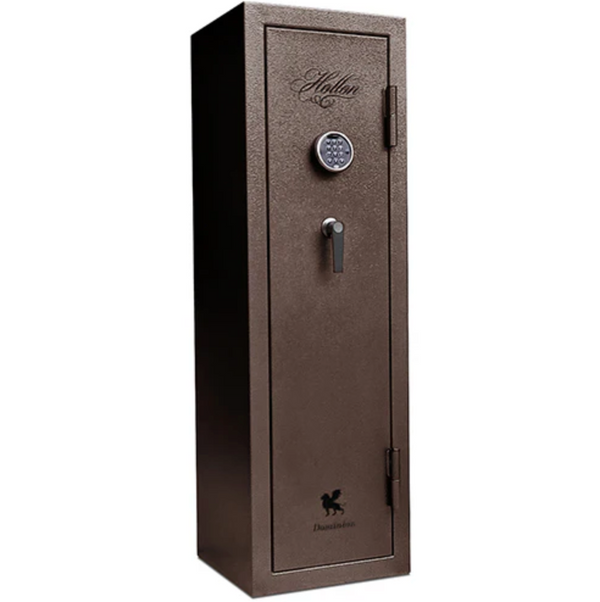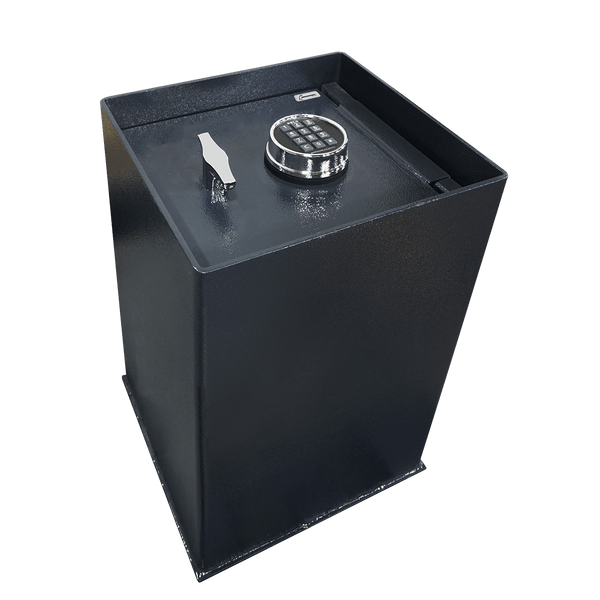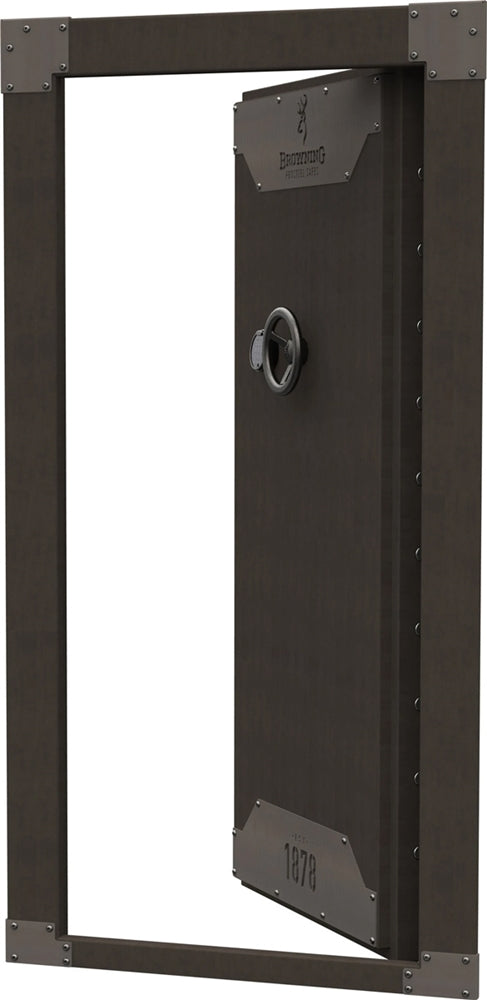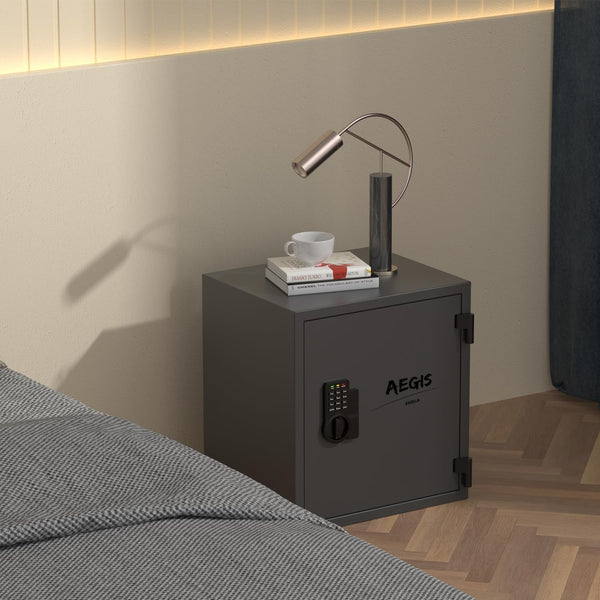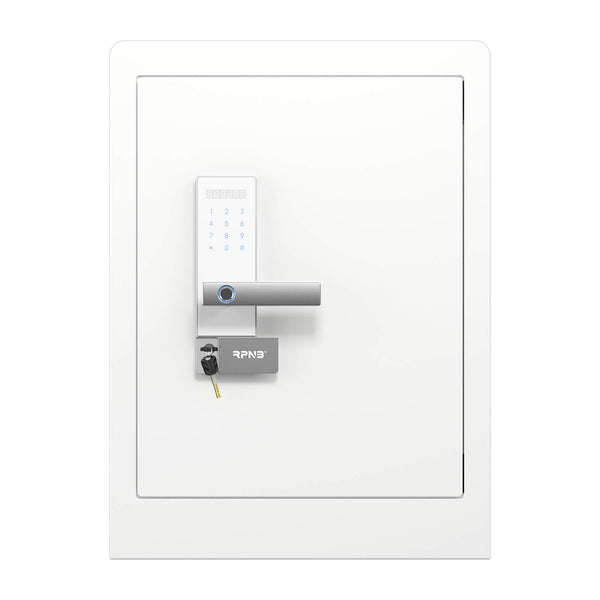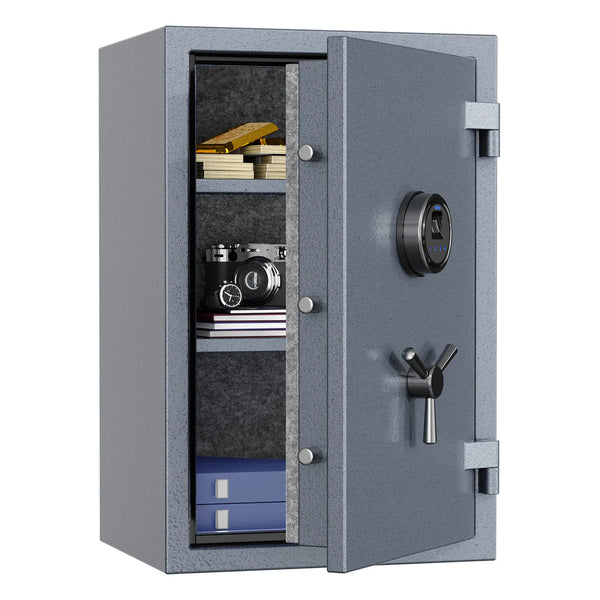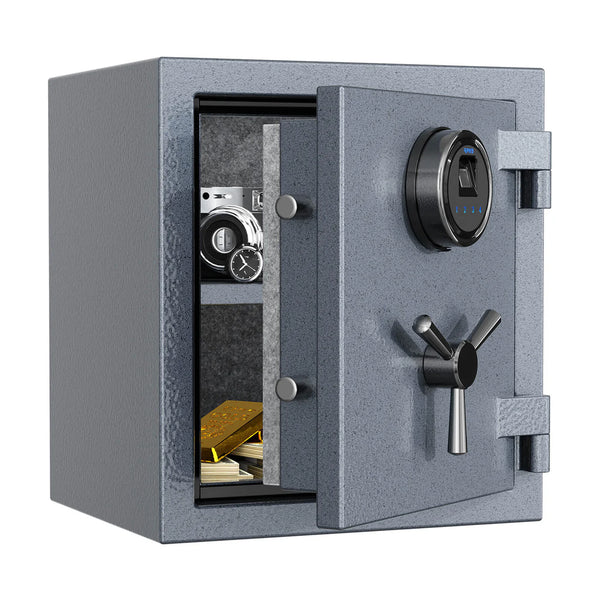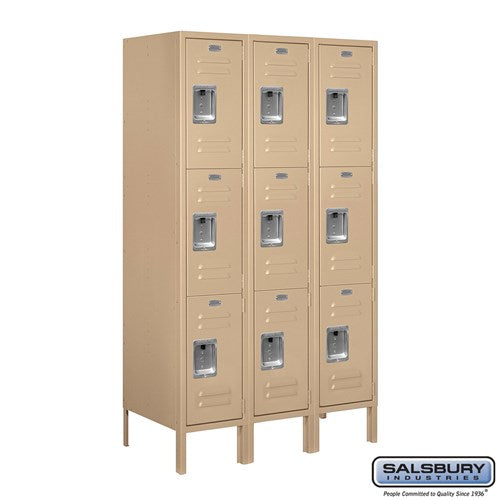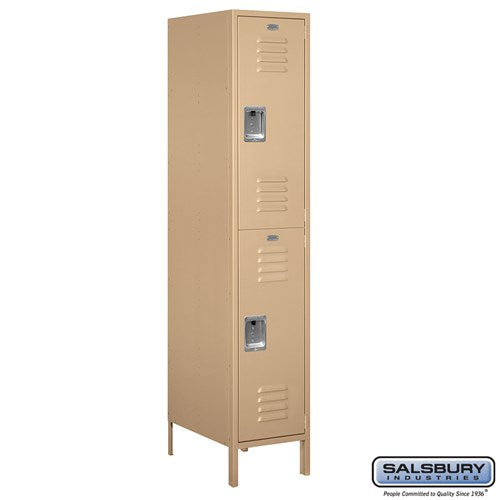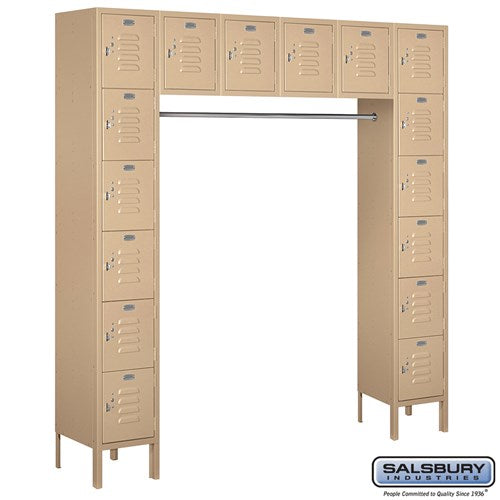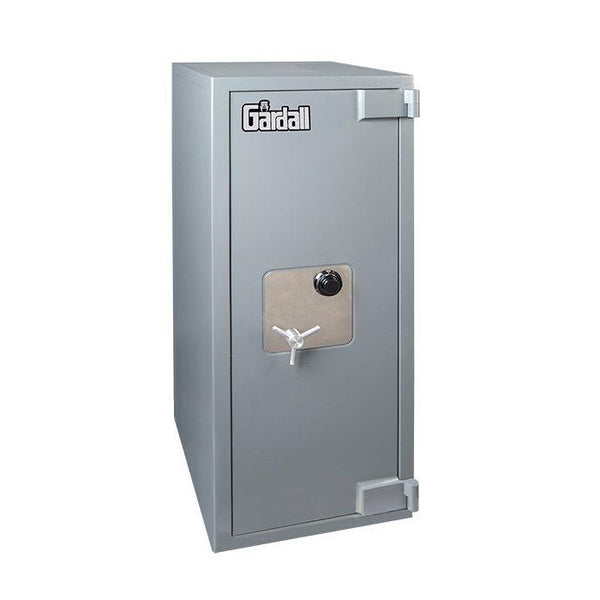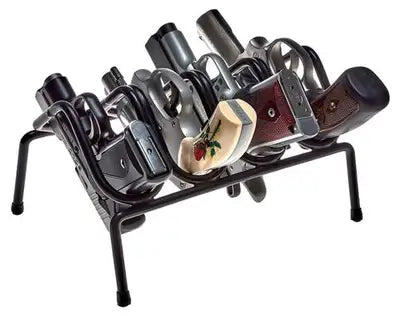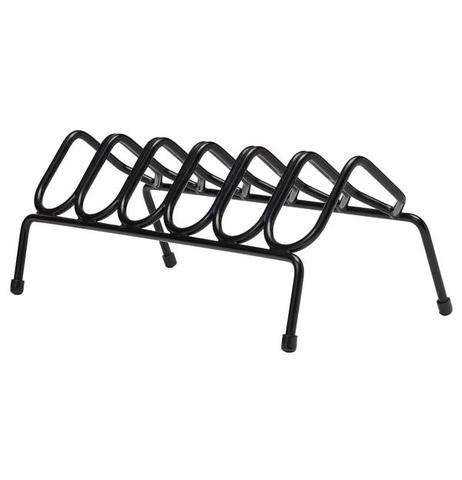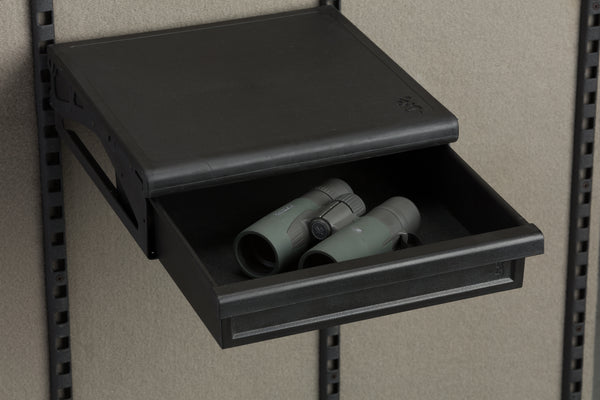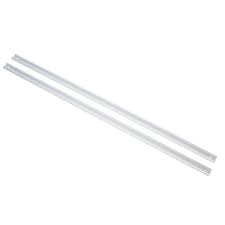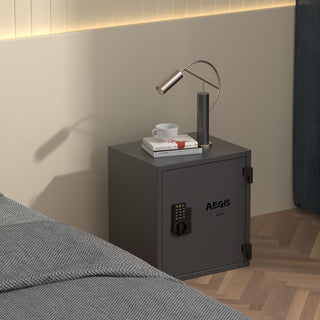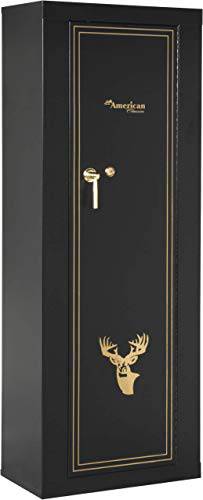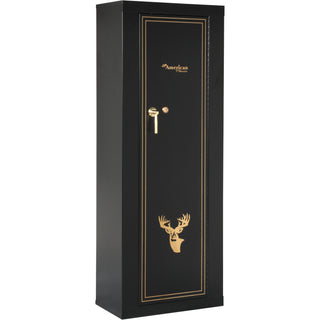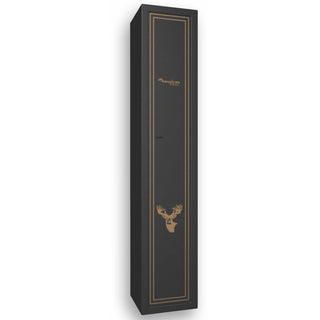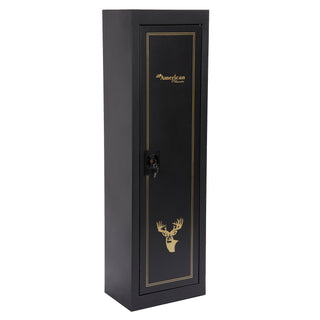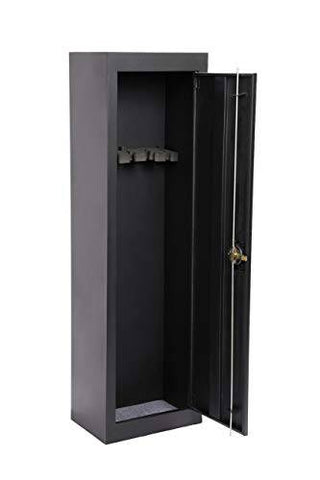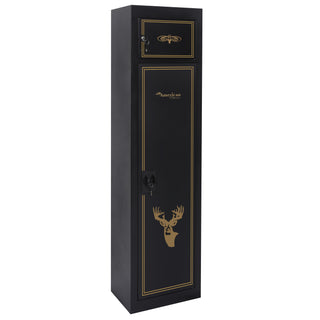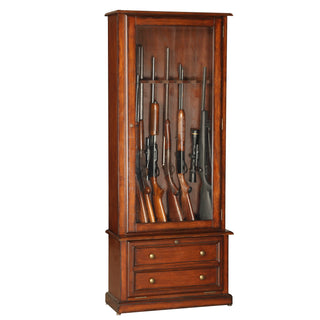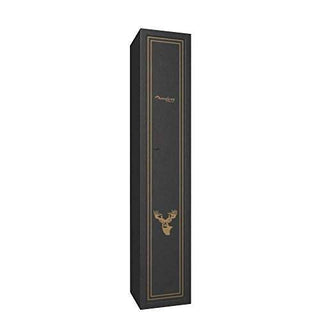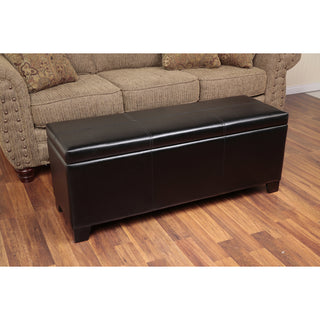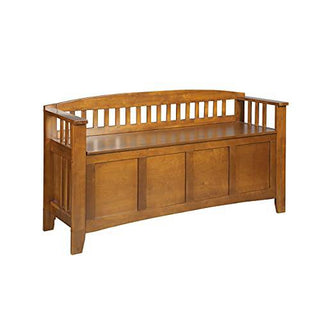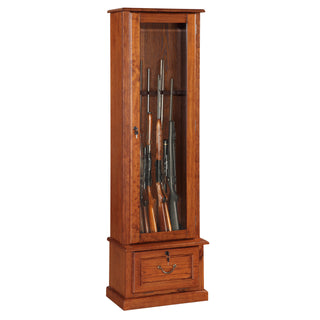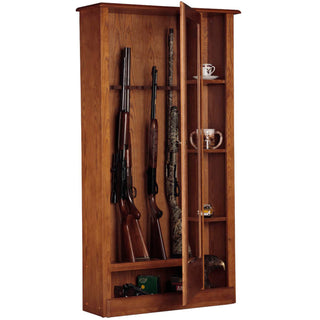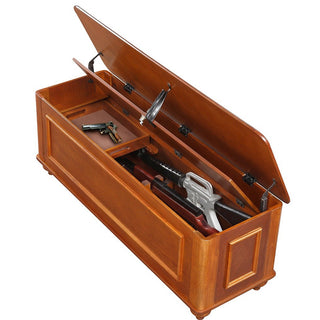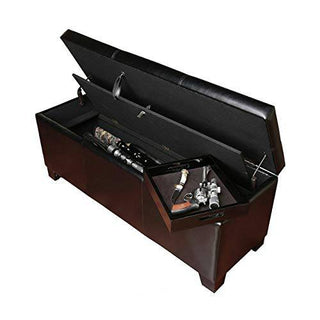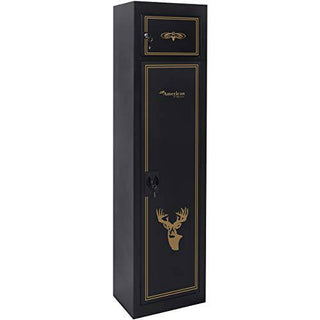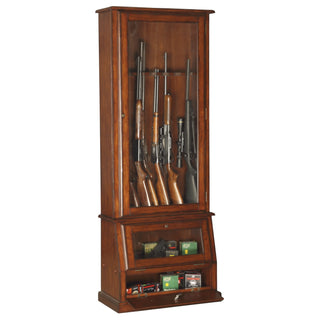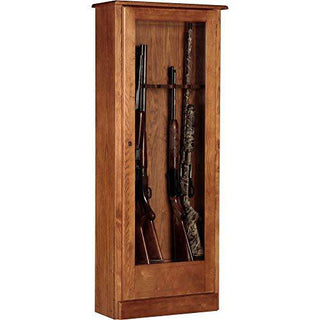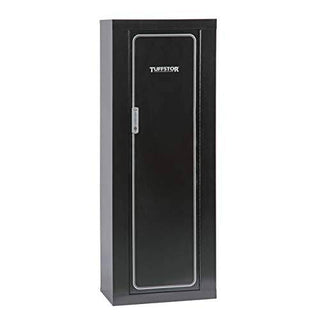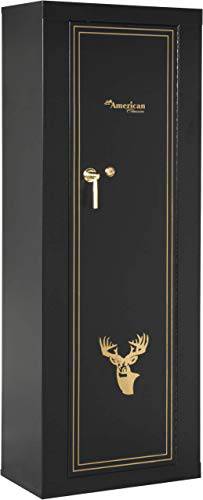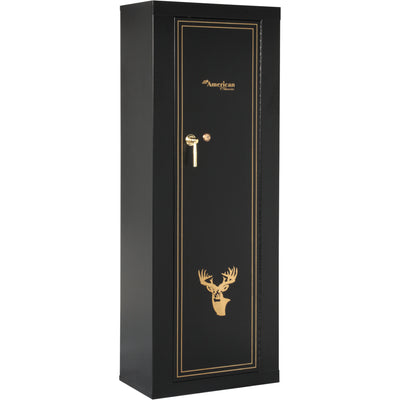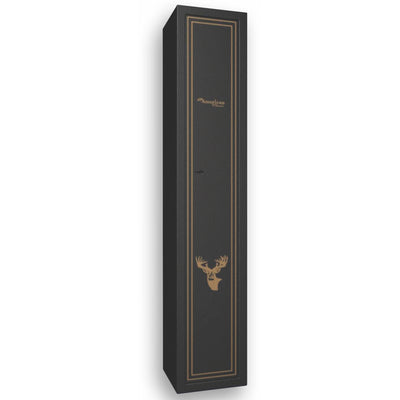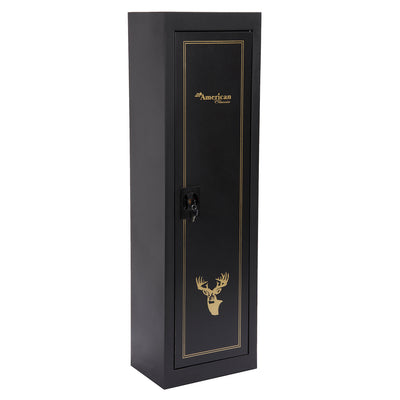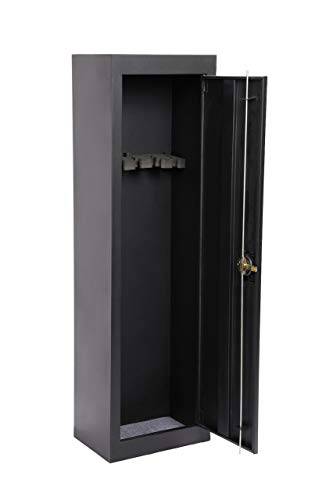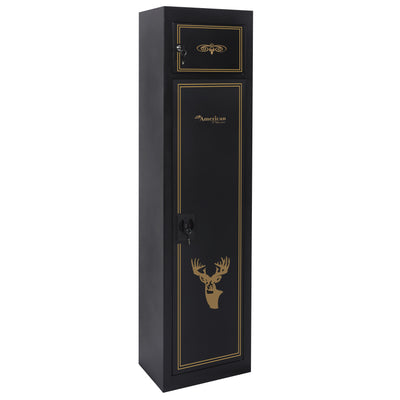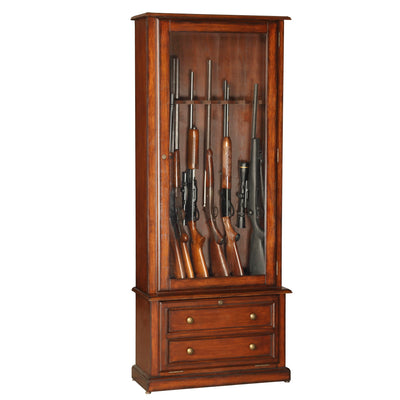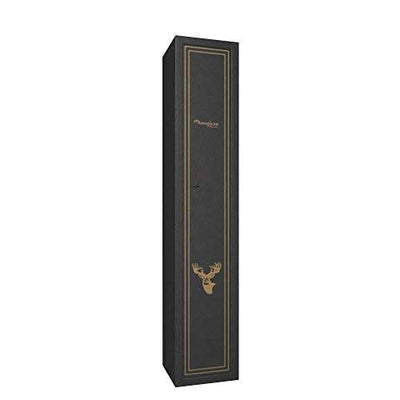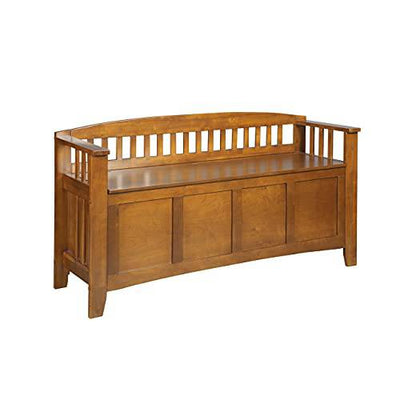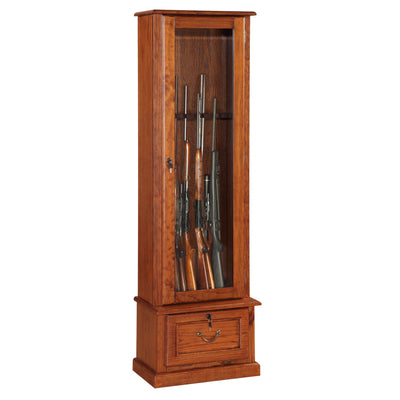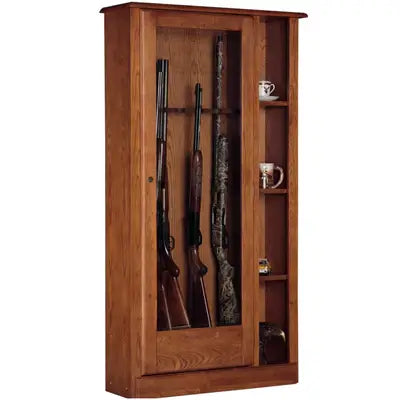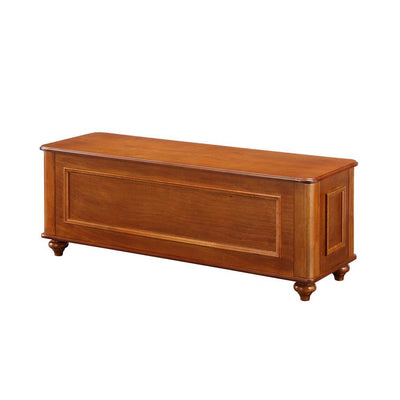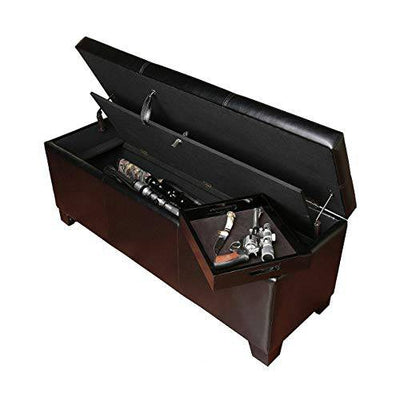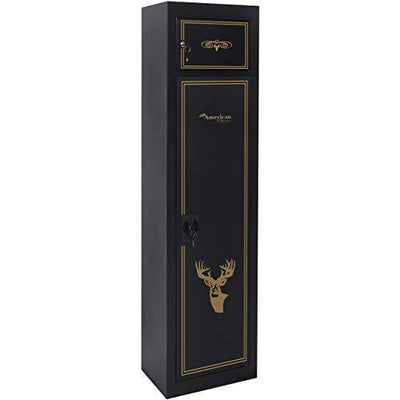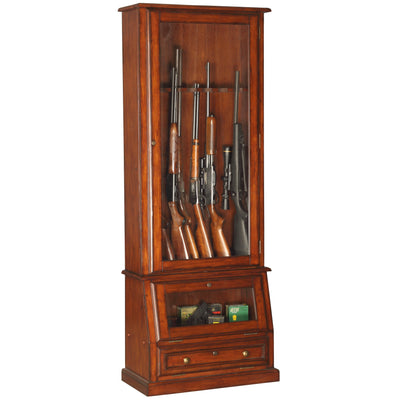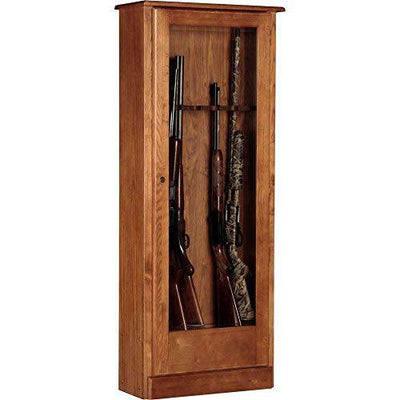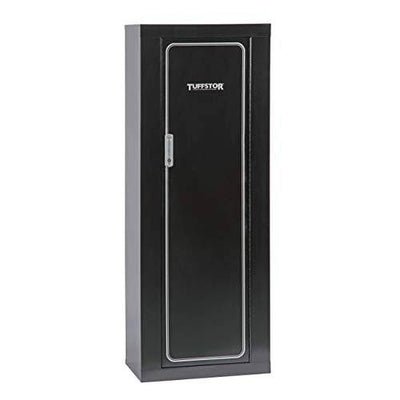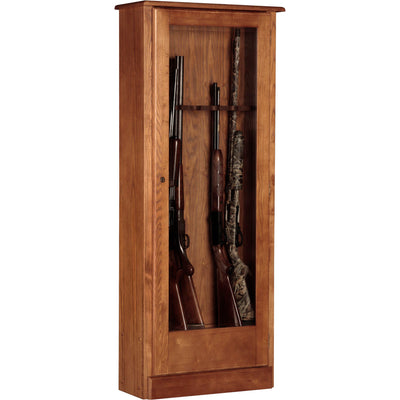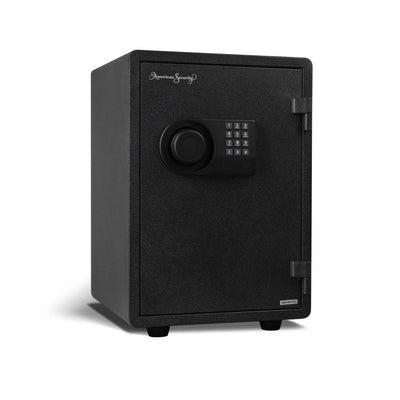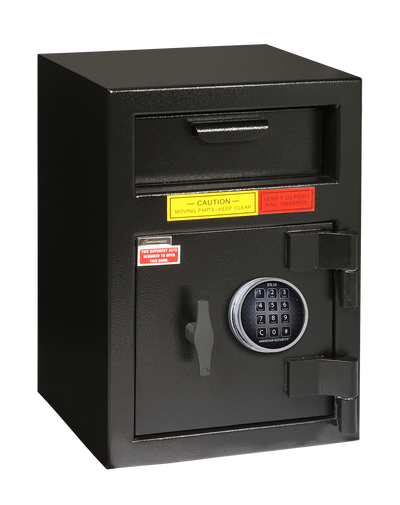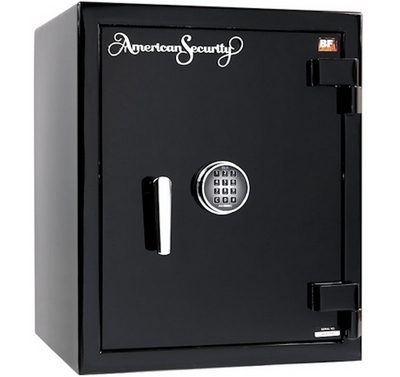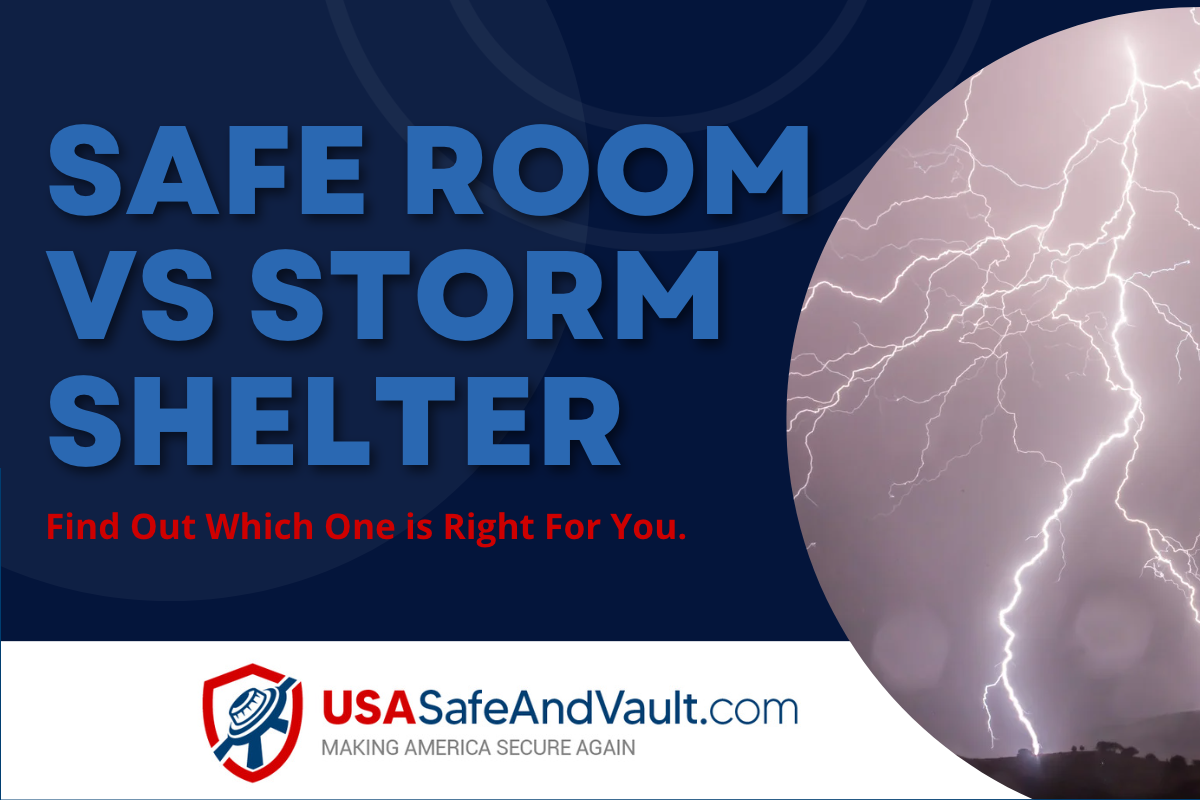
*This post contains affiliate links to products. We may receive a commission for purchases made through these links, but it never influences our product selection process.
Table of Contents
- What is the difference between a safe room and a storm shelter?
- Advantages and Disadvantages to Safe Rooms and Storm Shelters
- Are storm shelters and safe rooms effective enough for personal protection?
- FAQs (What Readers Want to Know)
- Conclusion
Safety becomes a pressing concern in the face of a natural disaster - be it a raging fire, hurricane, or tornado. We all want to ensure our families are shielded from the storm, literally and metaphorically. Thankfully, we have multiple shelter options designed to withstand such harsh conditions. Among these, panic rooms, ground shelters, safe rooms, and storm shelters stand out.
Yet, the choice between a safe room and a storm shelter often sparks a debate. Both offer different degrees of protection, but which one suits you better? Here, we aim to demystify the safe room versus storm shelter conundrum. Let's delve into the differences and help you find the right fortress against nature's fury.
What is the difference between a safe room and a storm shelter?
According to the Federal Emergency Management Agency (FEMA), “A safe room is a hardened structure specifically designed to meet the FEMA safe room criteria and provide near-absolute protection in extreme weather events, including tornadoes and hurricanes." Expounding on this, safe room construction consists of concrete or heavy-duty steel and has a much thicker door. Safe rooms have insulation to keep the temperature inside at a livable level, so you stay warm during extreme cold and cool when it is hot outside. Safe Rooms also feature protection from radioactive fallout in case of an attack by nuclear weapons. Safe Rooms are the best option if you want to protect yourself above all other considerations and with absolute protection.
On the other hand, The International Code Council (ICC) defines a “storm shelter” as a building or portions thereof that comply with the ICC/NSSA 500 Standard for the Design and Construction of Storm Shelters. As such, storm shelters take less time to construct as they are usually made of light materials such as metal or wood, which can be assembled quickly. Storm underground shelter also does not offer many of the luxuries that prefabricated safe room offer, but they can protect from tornadoes, severe storms, and hurricanes. Installing a storm above-ground shelter is a great option for homeowners who want to protect their belongings from dangerous weather and stay safe.
Advantages and Disadvantages to Safe Rooms and Storm Shelters
-
Safe Rooms are made out of stronger materials than storm or tornado shelters, but they can be more expensive and take longer to build.
-
Safe Rooms protect from radioactive fallout.
-
A Safe Room has insulation that can regulate the temperature inside, so you stay warm during extreme cold or cool when it is hot outside.
-
Safe Rooms also have a thicker door that protects against natural disasters like tornadoes, severe storms, and hurricanes.
-
Storm or tornado shelters are made of light materials that can be assembled quickly, but they do not offer many luxuries Safe Rooms provide. They also do not offer as much protection from natural disasters.
Are storm shelters and safe rooms effective enough for personal protection?
Safe Rooms provide much more protection from natural disasters because they are made of stronger materials, have insulation to regulate the temperature inside, and thicker doors that provide more protection. Ground Safe Rooms also protect from radioactive fallout in case of an attack by nuclear weapons. Ground Safe Rooms are the best option if you want to protect yourself with a very high probability above all other considerations.
FAQs (What Readers Want to Know)
Why do I need a storm shelter?
When you install ground safe rooms or storm shelters in your home or small business, you are providing near-absolute protection for you, your family, or your employees from injury or even death caused by dangerous weather. If you live in an area prone to high wind events, you should consider building a safe room.
What makes up a residential safe room?
FEMA defines a residential safe room as serving “occupants of dwelling units” and has an occupant load not exceeding 16 persons. Occupant load is further defined for tornado use or hurricane use or both.
Are safe rooms really safe from tornadoes?
Safe Rooms are designed to withstand most natural disasters. Read more on the most common US natural disasters.
What is the safest type of storm shelter?
There are storm/tornado shelters made for different types of natural disasters. For example, there are storm shelters designed specifically to protect against flying debris from tornadoes, storm shelters designed to protect against hurricanes, and storm shelters that are made for all types of natural disasters.
What is the difference between a storm shelter and a storm cellar?
A hardened structure specifically designed Storm shelters are made for all types of natural disasters, storm cellars are designed to protect against tornadoes.
What is the best type of safe room storm shelter design?
The best ground storm shelter design for your above-ground safe rooms is to have a small storm shelter inside the Safe Room. The storm shelters will protect you and your belongings from natural disasters while staying in your home or business. That way, if disaster strikes you are 100% protected without having to leave your personal space!
Will Federal Emergency Management Agency (FEMA) pay for a safe room?
Individual homeowners do not apply directly to FEMA for ground safe rooms funding.
How much do safe rooms cost?
The average price of a Safe Room starts at about $4000, but it can run into the millions depending on what you want your Safe Room to have.
Can you add a safe room to an existing home?
Yes, it is possible to add a ground storm shelter or above-ground safe rooms as an addition to your home.
What are safe rooms and ground storm shelters made out of?
A storm shelter can be made with concrete, steel, or wood materials, depending on your needs. Above ground, safe rooms are usually metal-reinforced concrete to provide extra protection from natural disasters.
Are Above-Ground Shelters a Better Option?
Technology has greatly improved the survivability of above-ground shelters.
What are the safe room design criteria or FEMA guidelines for building a safe room?
Building above-ground safe rooms needs to be "near-absolute protection." This means that the occupants of the safe room that is built in compliance with FEMA guidelines will have a very high probability of being protected from injury or death during a tornado or hurricane strike. The safe room criteria are provided in FEMA P-361, Safe Rooms for Tornadoes and Hurricanes: Guidance for Community and Residential Safe Rooms.
How often are National Storm Shelter Association-approved shelters used?
National Storm Shelter Association seals are tested far more than standard in-ground storm shelters. Safe rooms can be attached to your home either above ground or underground.
Conclusion
Residential Safe Rooms vs. Storm Shelters is a tough decision, but you must have one in your home or business when disaster strikes! The Safe Room vs. Storm Shelter debate is a decision each person must make on their own. Installing ground Safe Rooms, underground storm shelters, and in-ground storm shelters can be expensive, so the best option might be to make preparations like building up your emergency supply kit or signing up for an early warning system to give yourself time to prepare before disaster strikes. To keep your family safe, the best option for Safe Rooms vs. Underground Shelters is to have both. As long as it complies with the FEMA guidelines, safe rooms are great if you want the ultimate protection. An underground storm shelter will be fine if it follows the National Storm Shelter Association.









